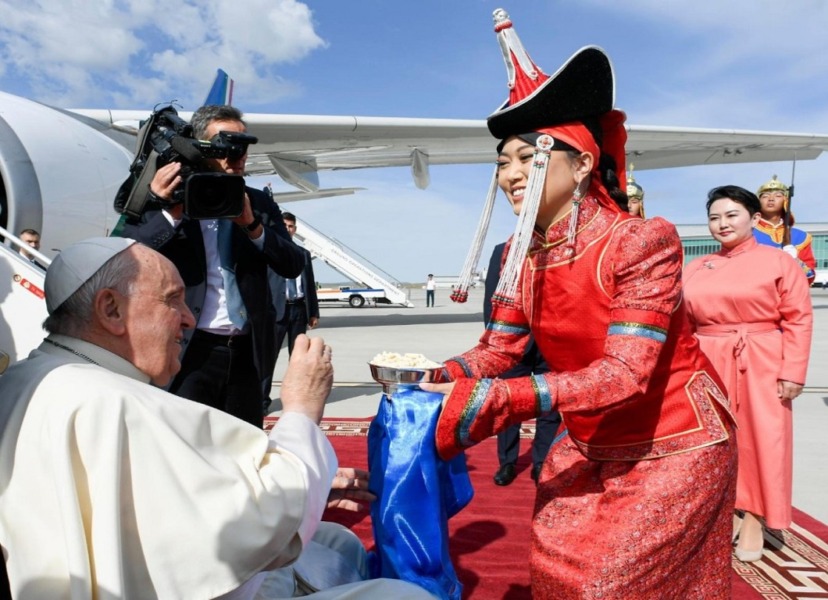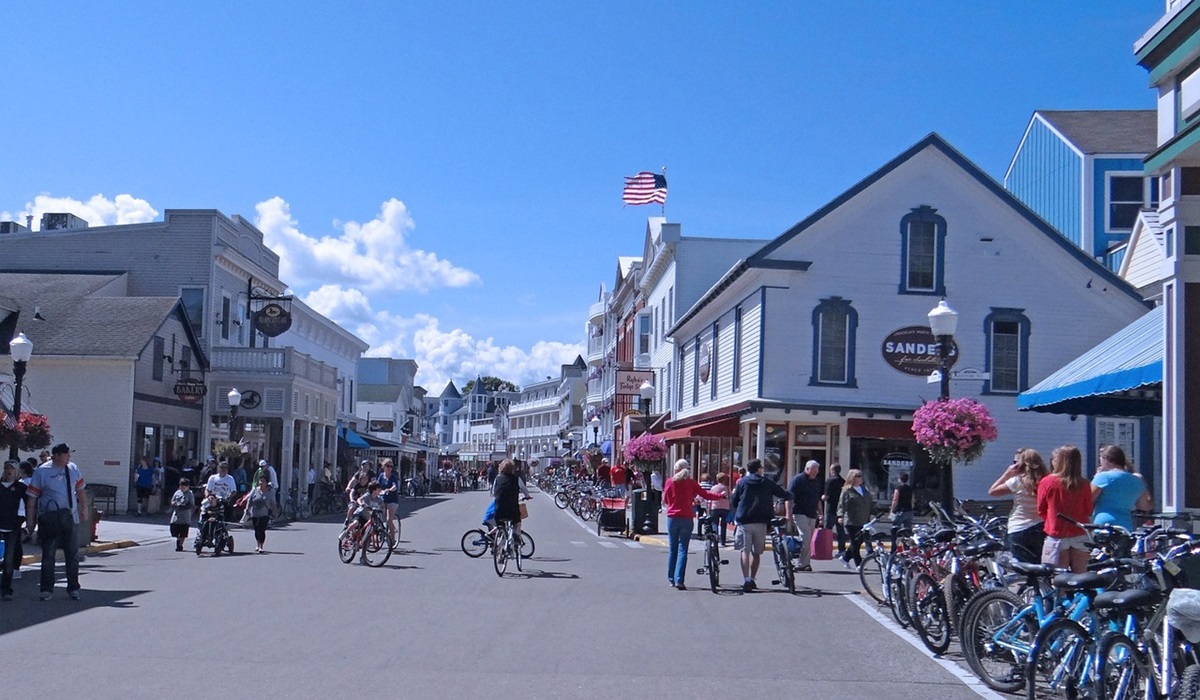Pope Francis’ Historic Visit to Mongolia: A Symbol of Unity and Faith
- Ingrid Jones
- East Asia
- Religion
- Technology
- Trending
- September 1, 2023

Pope Francis has landed in Ulaanbaatar, the capital of Mongolia, commencing his 43rd international Apostolic Journey, scheduled to conclude on September 4. This visit holds significant importance for both the Catholic community and the nation.
Mongolia, a country with a rich history and a distinctive culture, has undergone remarkable changes over the past few decades. In the early 1990s, Mongolia transitioned to a democracy, which ushered in a new era of religious freedom and tolerance.
The shift towards democracy allowed the Catholic Church to regain its presence after years of limited activity. Catholic missionaries, who had been absent for a long time, returned with a mission to rebuild the Church from the ground up.
Rebuilding was not without its challenges. The Catholic community had dwindled due to past restrictions. However, driven by faith and determination, these missionaries started to establish parishes and share the message of Catholicism.
Today, there are no more than 28 parishes and approximately 1,500 baptized Catholics in the country. These numbers, though modest, reflect the resilience of faith and the dedication of those who have worked tirelessly to reintroduce Catholicism.
Pope Francis’ visit to Mongolia is symbolically significant. It represents the progress made in terms of religious freedom and tolerance. Additionally, it provides an opportunity for the Catholic Church to strengthen its presence and offer spiritual guidance to the faithful.
As Pope Francis embarks on this historic journey through Mongolia, he carries with him the hopes and prayers of the global Catholic community. His visit serves as a reminder that faith can endure even in the face of adversity, offering hope and unity to a nation that has undergone a remarkable transformation.
Image source the Vatican News








